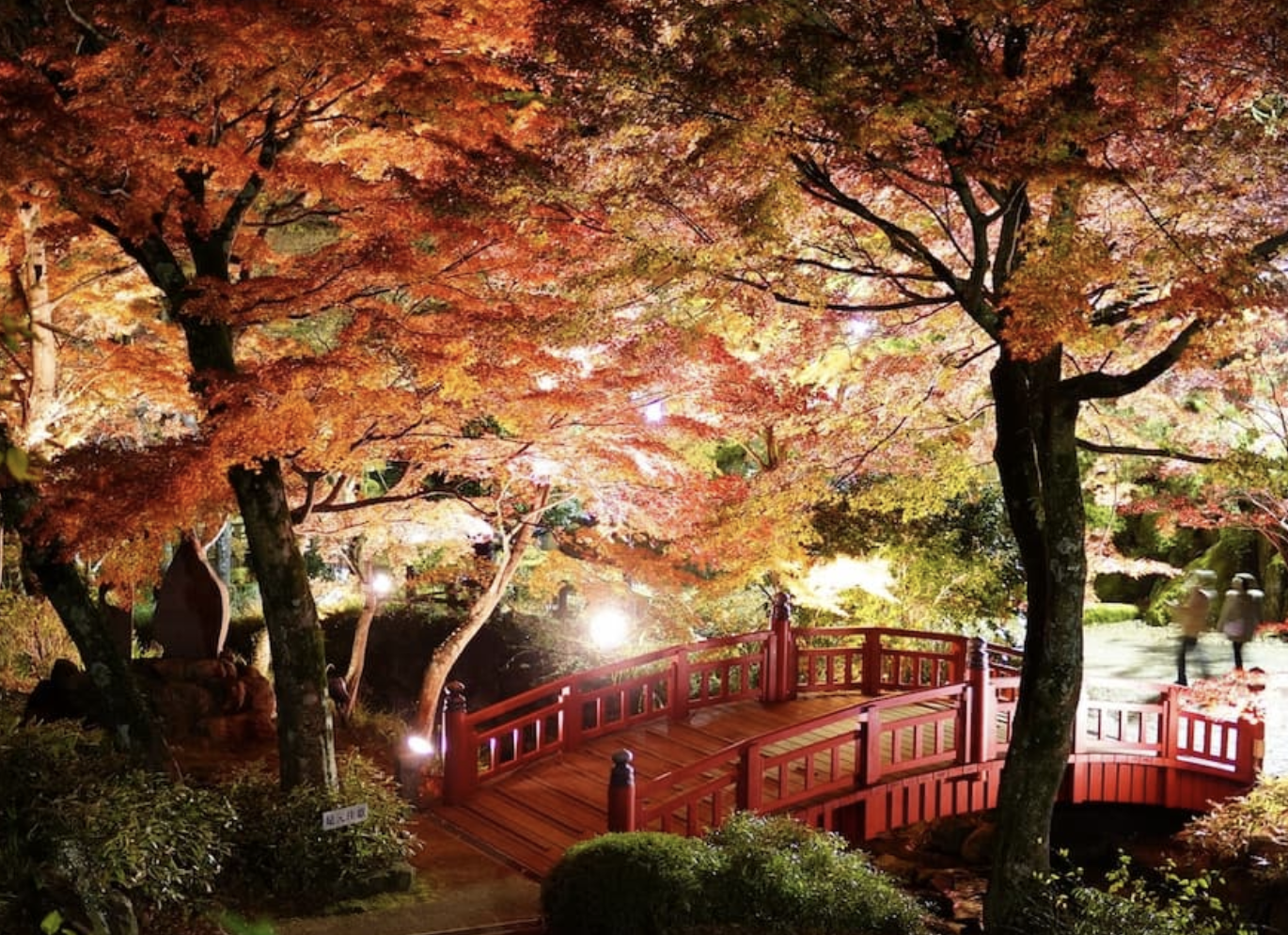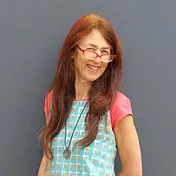The Kiso Road, along the Nakasendo Way. For artists and writers. Nov 23-28, 2025.
In collaboration with our partner Really Rural Japan. (Enquire about our add on opportunity to also attend Japan Writers Conference Nov 29,30 in Mitaka, Tokyo).
Our six day, five night, haiku walking tour focuses on the mid-section of this historical road between Kyoto and Tokyo — through the mountains and old post towns of central Japan. Beginning in Nagoya and ending in Matsumoto. Relaxed walking through rural and mountainous countryside trails; staying in traditional inns, soaking in the onsen(communal baths), enjoying hearty farmhouse cuisine, writing haiku as we go.
The Kiso Road is a fully-guided tour suitable for anyone who is an
occasional walker and can walk for more than four hours in comfort. In
general, the route is gently undulating but also it includes some short,
steeper climbs. The walking routes can be modified if need be.
Haiku workshops will take place before we set out in the mornings with prompts and exercises given on our walks. Encouraging an accessible and playful approach to this classic form we offer the workshops and exercises as a way of entering the present moment and inspiring a haiku way of life. There’s no pressure to produce perfect haiku poems, simply to enter into and enjoy the experience or apply to your sketching or photography practice. We will take our inspiration from the old masters of the art like Basho, Issa, Shiki, as well as modern western practitioners.
At the end of the day reading/sharing sessions take place before or during dinner and give an opportunity to reflect on our daily experience. Participants are encouraged to keep a creative journal (use A5 Vis diary) for collecting haiku observations, stamps, temple tickets, labels etc.
Itinerary and prices below.


GALLERY WRITING FROM PAST TRIPS EXPRESS INTEREST
Among those who once walked the Kiso Road were the famed haiku poet Matsuo Basho (1644-1694) who wrote many of his famous haiku poems while travelling this way and Utagawa Hiroshige (1797–1858), who in the late 1830s, he traveled along the Nakasendo highway, contributing 46 designs to a series of 69 views of this highway. His highway prints provide accurate representations of the roads, post-towns, pilgrims and travel methods of his day. Many of the scenes he depicted are still recognizable today. Scattered along the Nakasendo, at Shinchaya, Shimo-suwa, and Karuizawa, you can find rocks inscribed with poems. Composed by Basho, the poems evoke the local landscape at a particular time of year and are much appreciated by local residents who have erected the stone memorials to the poet.
Prices:
EARLY BIRD: $4790AUD. ($2985USD) PP Twin share.
REGULAR: $4990 AUD ($3110USD). PP Twin share.
Limited singles on Day 1, 2 and 3 Single Supp $450 AUD($280USD).
Payments made in AUD at daily exchange rates at time of payment. Above USD is estimate.
Please send Expression of Interest ASAP to Jan here.
Or reserve your place with your $1500AUD deposit here.
Inclusions:
- 4 walks, 2 guided, 2 self guided.
- 5 nights’
accommodation; limited singles first 3 nights.
- 5 breakfasts and 4 evening meals;
- luggage transfers, ground transport where needed;
- entrance fees;
- Haiku workshops with tutor Jan Cornall, pre and post trip zoom meetings, publication online in our Medium online magazine, Summer Grass.
Exclusions: Airfares, travel insurance, personal extras. Travellers must have travel insurance.
Ando Hiroshige (1797-1858) was a woodblock print artist and illustrator best known for his landscapes. His work was influenced by brush painting and ukiyoe (pictures of the ‘floating world’) which depicted the joys, sorrows and beauties of the entertainment districts. His Sixty One Stations of the Nakasendo was his most popular work and captured the spirit of travel along the ancient Kyoto to Edo highway.
Matsuo Basho was a master poet who developed what has come to be known as the haiku poem with its 5-7-5 syllable format, to a high level. He brought to haiku wit, brevity, and a degree of bawdiness which popularized the form among serious poets as well as those seeking entertainment while drinking or eating. Famous for his travelogues combining poetry and prose (haibun), his journeys have been immortalized in works which combine poetry with diary: ‘The Records of a Travel-Worn Satchel’ and ‘A Visit to Sarashina Village’, both translated into English in 1966. And his most famous ‘The Narrow Road to the Deep North’.
DIETARY PREFERENCES.
Vegetarians can be catered for however, due to the essential and widespread use of dashi stock throughout Japanese cooking, which typically uses fish, or other stock with meat as its base, we are unable to provide strict vegetarian meals on tour. With advance notice our accommodation hosts will try to replace any fish or meat dishes with alternatives. Gluten free is more difficult. While it may be possible to omit certain items that obviously contain gluten, such as bread or noodles, it is impossible to provide fully gluten-free meals due to the use of certain staples that serve as the basis of so many dishes in Japanese cuisine. Please let us know in advance of any allergies or ingredients you may wish to avoid. However we cannot take responsibility for what may or may not be in any particular dish.
ITINERARY
Haiku Walking in Japan, Nov 23-28, 2025.
Day 1 Nagoya
5 pm, meet in Lamp Light Books Cafe for introductions, briefing and welcome dinner.
Day 2 Nagoya – Nakatsugawa – Magome- Tsumago
- Accommodation: Traditional Japanese inn, Fukinomori.
- Meals: Lunch & dinner provided.
- Total walking: 8km (5 miles).
- Total elevation gain: 320m (1,148ft).
Day 3 Tenru Gorge
Breakfast, time for another onsen soak. Morning workshop before lunch at Tenru Gorge. Walk with local guide around the gorge for
about 2 hours. This area is famous for Japanese boat rides down the
Tenryu River and has to inspired poets across the ages. Back to our Ryokan for readings before dinner.
- Accommodation: Second night at Fukinomori Japanese inn with onsen hot spring baths.
- Meals: Breakfast, lunch & dinner provided.
- Total walking: 6km.
Day 4 Kiso-Fukushima
Breakfast and workshop before checking out of Fukinomori and travelling to Kiso
Fukushima. Our luggage is transferred to our new accom, as we take a mountain walk above the town with prompts given for haiku writing. Lunch and time to relax in the
town with museums, sake, cafes, etc. Back at our accom we have eraly evening readings after onsen soaking. Dinner and bed.
- Accommodation: Traditional Japanese hotel with onsen hot spring baths.
- Meals: Breakfast, lunch & dinner provided.
-
Total walking: 8km
- Total elevation gain: 673m (2,200ft).
Day 5 An Ontake pilgrimage
- Accommodation: Traditional Japanese hotel.
- Meals: Breakfast & dinner provided.
- Total walking: 11km (6.8 miles).
- Total elevation gain: 373m (1,220ft).
Day 6 Torii Pass from Yabuhara to Narai
Express trains connect to Tokyo and Nagoya, where
onward Shinkansen bullet trains speed to Kyoto and beyond.
- Accommodation: N/A.
- Meals: Breakfast provided.
- Total walking: 2km (1.2 miles).
- Total elevation gain: N/A.
- This itinerary is subject to change.
